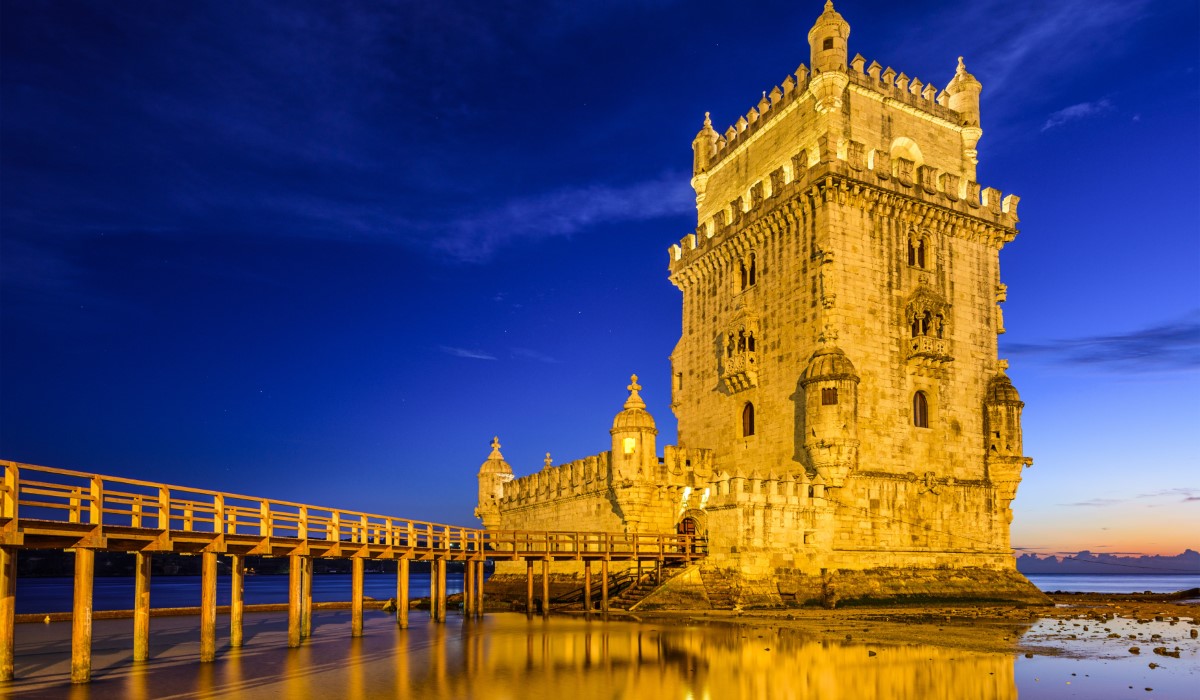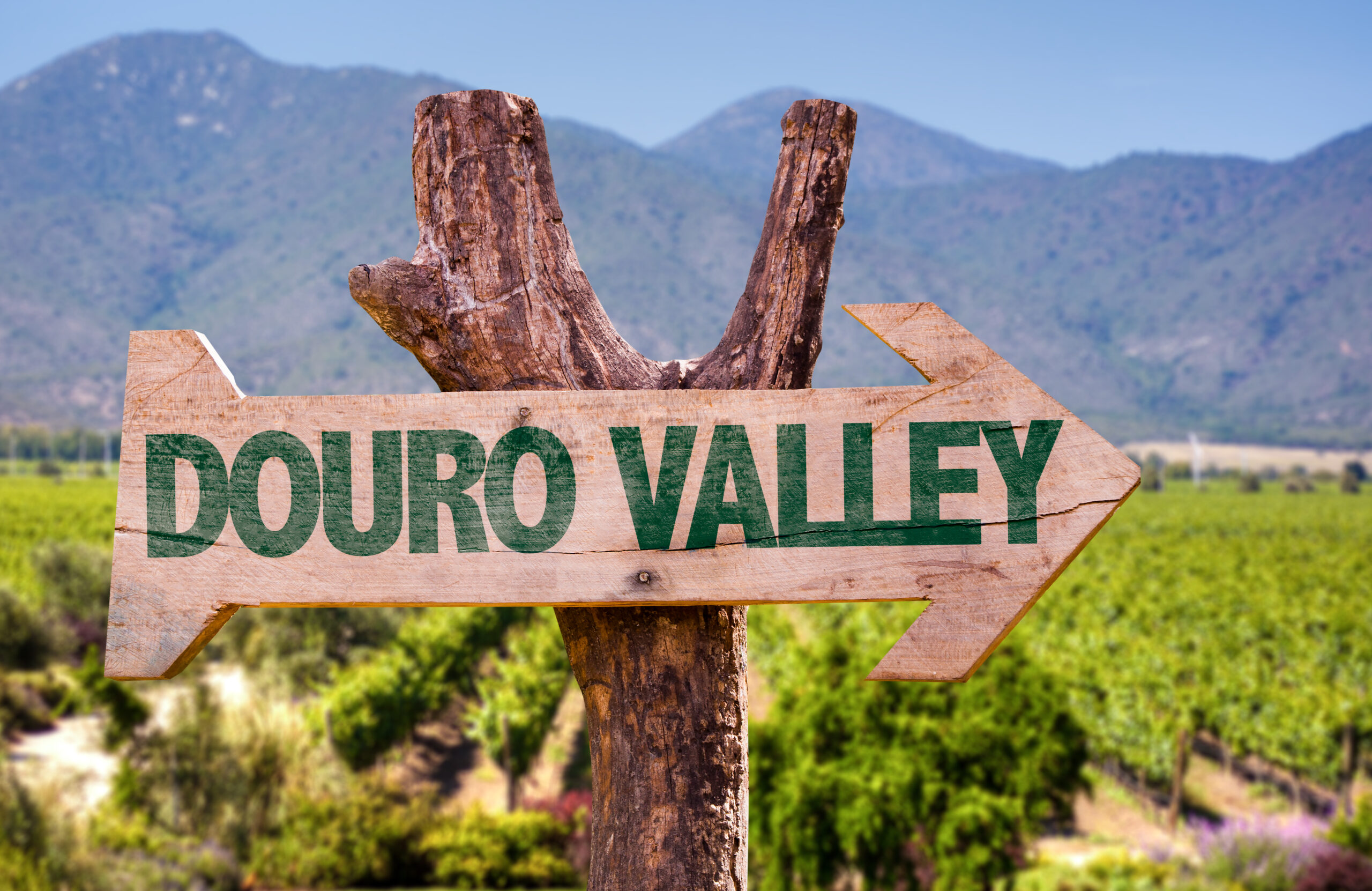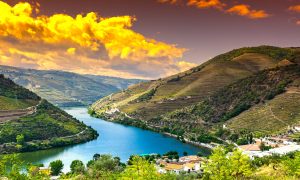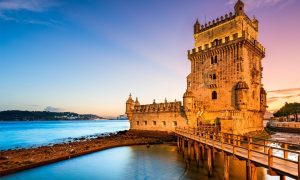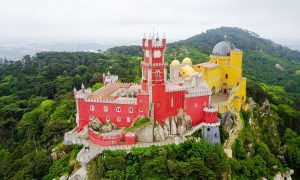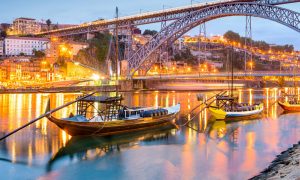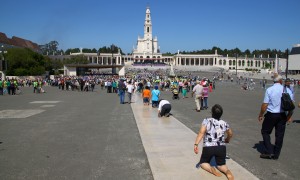The Lisbon Earthquake of 1755: A Cataclysmic Event
In the early morning of November 1, 1755, the city of Lisbon, Portugal, experienced a cataclysmic event that would forever change its history. A powerful earthquake, estimated to have a magnitude of 8.5 to 9, struck the city, resulting in widespread devastation and loss of life. The earthquake was followed by a series of tsunamis and fires, further compounding the tragedy. The Lisbon Earthquake of 1755 remains one of the deadliest earthquakes in history and has left a lasting impact on both the city and our understanding of seismic activity.
Unveiling the Catastrophic Impact and Aftermath
As the sun rose on that fateful day, the citizens of Lisbon were going about their daily routines, unaware of the impending disaster. At around 9:40 in the morning, the earth beneath the city began to tremble violently. Buildings crumbled, streets split open, and chaos ensued. The earthquake lasted for a harrowing six to seven minutes, leaving a trail of destruction in its wake. The impact was felt not only in Lisbon but also in neighboring regions, with reports of significant damage as far away as Morocco and Ireland.
The devastation caused by the earthquake was only the beginning of the tragedy. As the dust settled and the survivors began to assess the damage, a series of massive tsunamis struck the coast of Portugal. The combination of the earthquake and subsequent tsunamis resulted in the loss of countless lives and the complete destruction of coastal areas. To make matters worse, fires broke out in the city, fueled by the debris and chaos left by the earthquake. The fires raged for hours, consuming what little remained of the once vibrant city.
The aftermath of the Lisbon Earthquake of 1755 was nothing short of catastrophic. It is estimated that between 30,000 to 40,000 people lost their lives in the disaster, making it one of the deadliest earthquakes in history. The destruction was not limited to human life alone; countless buildings, including historic landmarks and religious institutions, were reduced to rubble. The city’s infrastructure was left in ruins, leaving the survivors without shelter, food, or clean water. The impact of the earthquake reverberated throughout Europe, leading to debates about the nature of natural disasters and the role of divine intervention.
The Lisbon Earthquake of 1755 remains a haunting reminder of the destructive power of nature. The tragedy shook the world and sparked a reevaluation of architectural and urban planning practices. It also led to significant advancements in the scientific understanding of earthquakes and seismology. Today, the ruins of Lisbon’s historic buildings stand as a testament to the resilience of its people and a reminder to never underestimate the potential devastation of natural disasters. The memory of the Lisbon Earthquake of 1755 serves as a somber reminder that our world is constantly evolving, and we must be prepared to face the challenges it presents.

